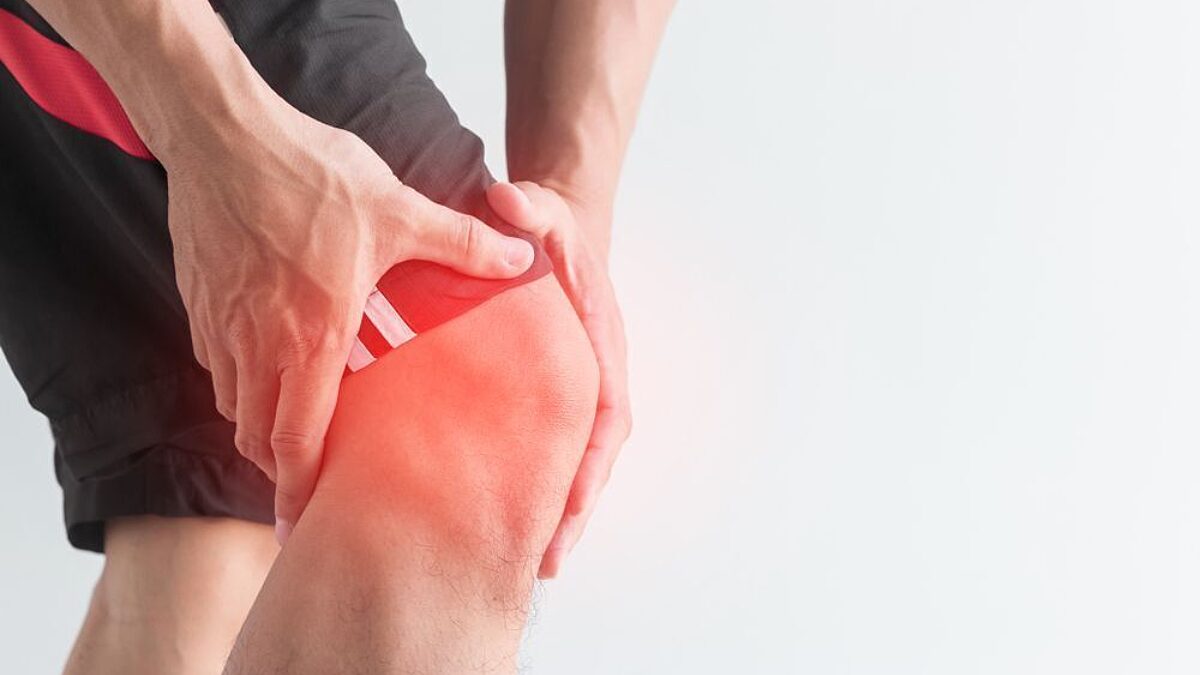
Recent Posts
Knee pain can result from disease, overuse injury, or trauma. Among American adults, approximately 25% have experienced knee pain that affects the function of their knee. Knee pain and conditions related to the knee are common. In runners, the knee is the part of the body that is injured most often. Changes to the knee related to aging (osteoarthritis) commonly occur in people over the age of 50. Thousands of steps, squats, and twists to the knee over a long life can cause changes to cartilage and other parts of the knee.
Knee pain also occurs in growing children. Pain can reduce their participation in physical activities, which may lead to other problems later in life. Changes in the posture of the knee as well as the lower extremity (hip, leg, and ankle) during growth can cause pain in children and teenagers. These developmental changes can affect knee function.
Knee pain can be mild, or it can be severe and sharp. Knee injuries can result from a direct blow to the knee or a sudden movement that strains the knee beyond the normal range of motion. Knee pain can make it hard to walk, rise from a chair, climb stairs, or play sports. Physical therapists are trained to diagnose and treat knee pain and to help ease your pain and restore movement. They also can work together with other members of your health care team.
How Does It Feel?
Knee pain can occur suddenly for no apparent reason. It also can develop slowly, as a result of repeated trauma. Knee pain occurs in different parts of the knee. Below is an overview of the types of knee pain, and the areas in which they may occur:
- Anterior knee pain. Pain is felt around the kneecap (patella) at the front of the knee. This type of knee pain is caused when the kneecap shifts out of position. Kneecap pain commonly affects younger females, such as athletes, and may be due to repeated movements or overuse. Pain often occurs when performing activities like squatting, walking uphill, or climbing stairs.
- Lateral knee pain. This pain occurs on the outside of the knee. It is a type of overuse injury common in runners. It happens when the tendon called the iliotibial band becomes irritated. Pain is often felt when performing activities such as climbing stairs, walking, or running.
- Medial knee pain. This pain occurs along the inside of the knee. It develops when the MCL becomes irritated due to direct injury or overuse. You may feel pain when squatting, walking up or down a hill or ramp, or going downstairs.
- Pain caused by a ligament tear. This type of pain may result from a direct blow to the knee. It also can occur if you twist or pivot your knee while your foot is planted on the ground. Instant pain and swelling usually occur. The knee may feel unstable — like it will give out — when you try to put weight on your leg.
- Pain caused by osteoarthritis, or OA. This type of pain may occur anywhere in the knee where cartilage has broken down. It may begin as mild and gradually get worse. Over time, the pain can begin to limit your ability to fully bend and straighten your knee, climb stairs, squat, or lower yourself to sit in a chair. The knee also may swell, off and on, with increased activity. OA can make it more and more difficult to walk long distances.
How Is It Diagnosed?
Your physical therapist will perform an initial evaluation. The goals are to assess the condition of your knee and to determine the cause(s) of your pain. They will ask you questions about your medical history and your current condition.
Gathering this information allows your physical therapist to understand your condition better. It will help them determine the course of a physical examination, which will include various tests and measures.
Physical examinations vary. Most often, they begin by observing any movements that cause the problems discussed in your interview. Your physical examination will include the area of your pain. It also will include other areas of your body that may have changed or been forced to overwork, including your:
- Low back.
- Hip.
- Thigh.
- Ankle.
- Foot.
After your interview and physical examination, your physical therapist will discuss their findings with you. They will work with you to develop a program that begins your recovery. Your program may include the treatment techniques.
How Can a Physical Therapist Help?
Your physical therapist will develop a personalized rehabilitation program for your condition. This program can help you safely return to your desired activities. Some general treatment techniques may include:
- Patient education.
- Pain management.
- Range-of-motion exercise.
- Manual therapy.
- Muscle strengthening.
- Functional training.
- Braces and other assistive devices.
**Sourced from Choosept.com, For full article, Click Here
